How Does the Damage of Martial Arts Work in D and D
In total, there are13 different types of damage in Dungeons and Dragons 5e:
- Slashing
- Piercing
- Bludgeoning
- Poison
- Acid
- Fire
- Cold
- Radiant
- Necrotic
- Lightning
- Thunder
- Force
- Psychic
For the sake of remembering everything I like to split these damage types into a few groups based on similarities:
- Slashing, Piercing, and Bludgeoning
- Poison and Acrid
- Fire vs. Common cold
- Radiant vs. Necrotic
- Lightning and Thunder
- Force and Psychic
In the middle of gainsay, 1 of your players, the Barbarian, "Would like to rage".Bang-up! So now they get a whole slew of bonuses, i of them being resistance to slashing, piercing, and bludgeoning damage. But…
What exactly does this mean?
In this article I volition briefly explain:
- Damage Type Overview
- Resistance, Vulnerability, and Immunity
- Impairment Types + Examples
D&D 5e Damage Types Overview

D&D 5e Impairment Types: Resistance, Vulnerability, and Immunity
Certain monsters or characters may have abilities which make them resistant to fire damage or vulnerable to acid damage, for example. Each of these essentially acts as a modifier to the total harm taken by thatspecific type of damage.If multiple types of damage are done, the harm modifier is simply applied to the relevant damage rather than the total.
Resistance: The target takes one-half damage
Vulnerability: The target takes double harm
Immunity: The target takes zero damage
D&D 5e Damage Types and Examples
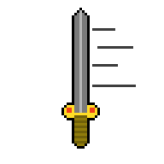
Slashing
Clarification: Imagine this as any blazon of cut, gash, or – if you're feeling extra fancy – laceration.
Instance: A longsword and a greataxe inflictslashingimpairment.
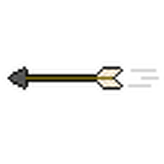
Piercing
Description: A large ole' hole beingness poked in you lot from a sharp and pointy object.
Case: An arrow and a spear inflictpiercing damage.
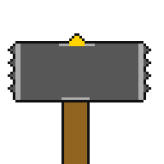
Bludgeoning
Description: Direct upward simply getting smacked by something hard.
Example: A club, a quarterstaff, and falling on your face all bargainbludgeoning damage.
Knowledge is power: In DnD 5e, y'all accept 1d6 bludgeoning harm for every 10ft of falling.

Poisonous substance
Clarification: A toxic substance that is "ingested" and causes impairment to the body.
Example: A giant scorpion's attack and the spell Poison Spray inflicttoxicantimpairment.
Knowledge is power: Information technology is worth pointing out thedeparture between poisonous substance and venom! For D&D 5e impairment types there is non a distinction between toxicant and venom. In reality, these are both toxic substances which can cause impairment or expiry. The difference lies in the method of delivery. Poison is "ingested" (swallowing, inhaling, or arresting through the pare), while venom is directly injected (snake seize with teeth, bee sting).

Acid
Description: Not the good kind… Simply put: An excess of H+ ions in a solution. This causes intense burning and stinging and tin corrode through certain materials if strong enough.
Case: A flask of acid and a blackness pudding inflictacidharm.

Fire
Clarification: Fire bad. Hot. Injure. Burn down impairment should be adequately self explanatory, withal if yous are truly unsure feel gratis to hold your hands near a flame.
Example: The spells Burning Hands, Burn Bolt, and Fireball all dealfire damage.

Cold
Description: Frigid pain leading to potential numbness acquired past temperatures approaching goose egg Kelvin.
Example: Ray of Frost, Armor of Agathys, and Cone of Cold are all spells inflictingcold type damage.

Radiant
Description: A divine smiting from the highest heavens. I typically call back of how the sun sears the pare of a vampire.
Instance: Spells that inflictradiant harm include: Sacred Flame and Moonbeam.

Necrotic
Description: I recall of this every bit the destruction of 'life force'. Death, decay, rotting, and corruption. Smells like the geriatrics ward.
Example: Inflict Wounds and Vampiric Touch dealnecroticimpairment.

Lightning
Clarification: Lightning damage is caused by a high voltage of electricity (approx. 1.21 jiggawatts).
Example: Lightning Commodities and Shocking Grasp inflictlightning harm.
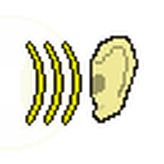
Thunder
Description: Percussive racket that is loud enough to cause impairment. It's similar standing next to the speaker at a concert.
Example: Thunderwave and Shatter both inflictthunder damage.

Force
Description: A raw form of magical free energy that hits targets like a brick wall.
Instance: Eldritch Boom and Magic Missile are two common spells inflicting forcefulness damage.

Psychic
Description: Telepathic abilities inflicting massive impairment to the mind.
Example: A mind flayer and the spell Vicious Mockery inflict psychic damage.
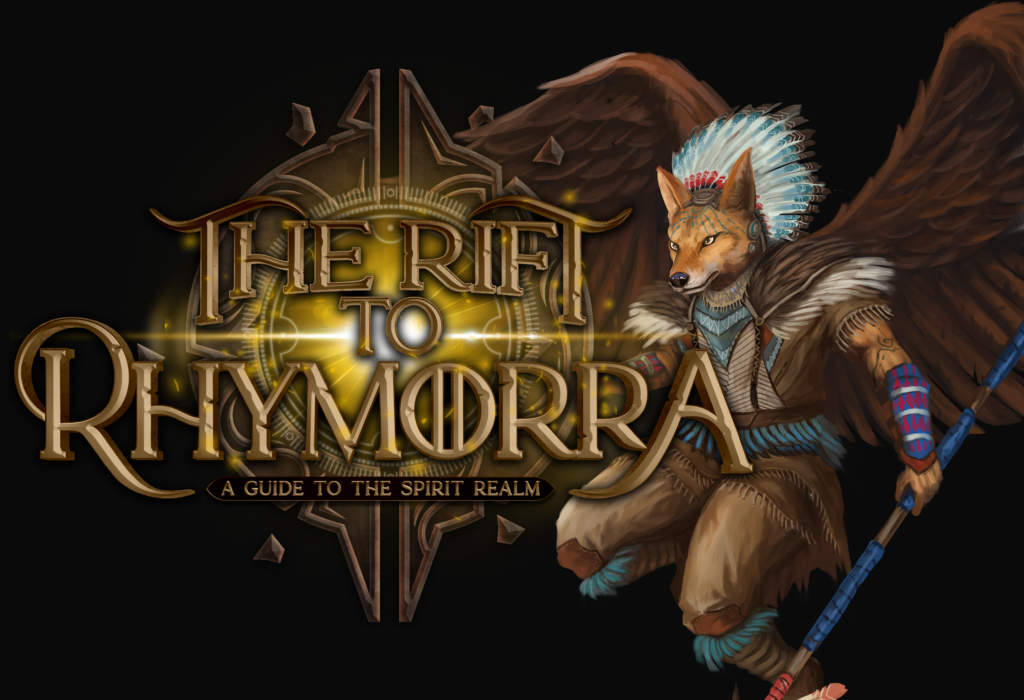

Gratis 5 day email course
Be sure to join the email list and sign upward for the Costless 5-day e-mail course centered on running your very own homebrew entrada! Yous'll acquire everything you need to become started, from designing a story arc to reacting to (unexpected) player choices.
Sign Up Now!
Source: https://thealpinedm.com/dnd-5e-damage-types/
0 Response to "How Does the Damage of Martial Arts Work in D and D"
Post a Comment